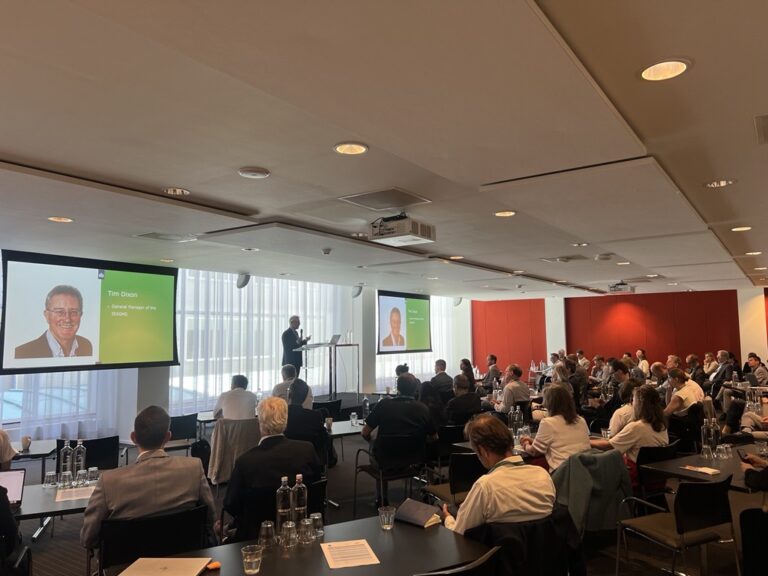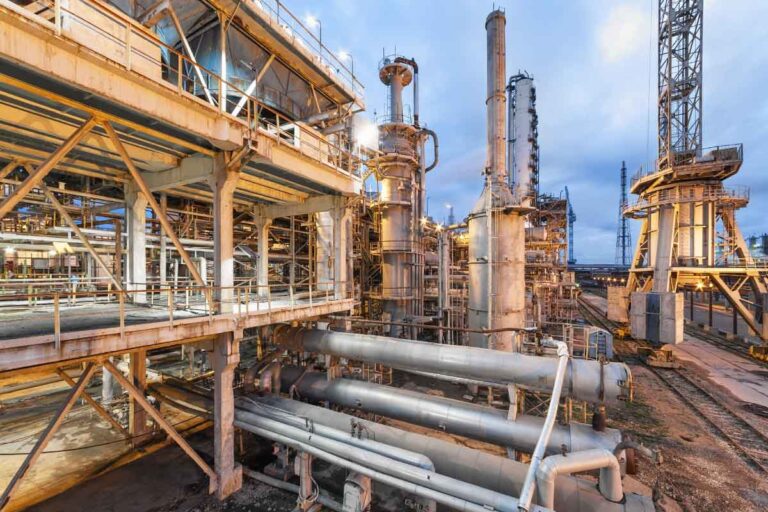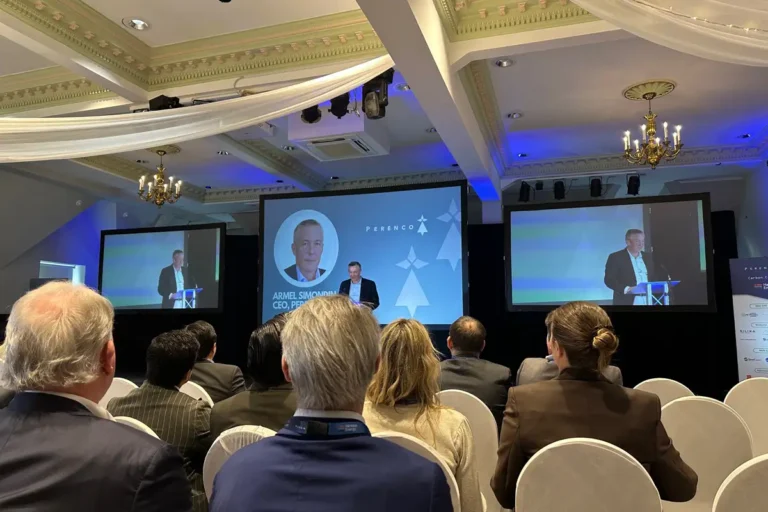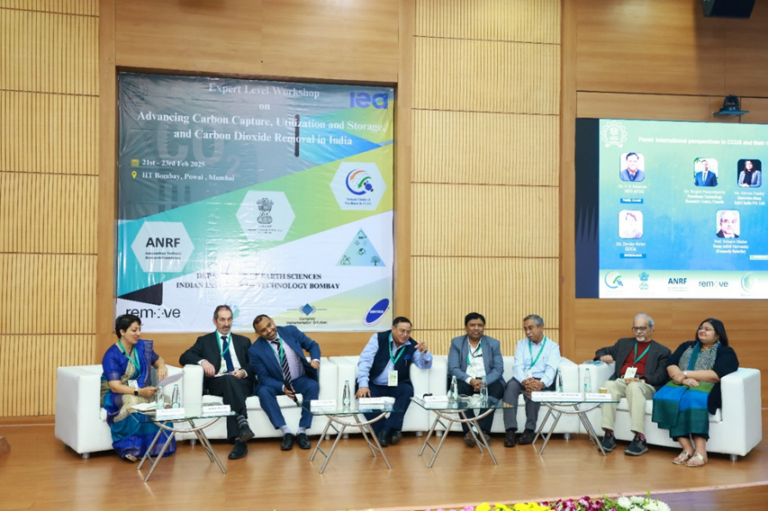
New IEAGHG Technical Report – 2019-03 Review of Fuel Cell Technologies with CO₂ Capture for the Power Sector
13 May 2019

CO2 emissions from the energy production sector were estimated as 42% of the global share in 2016. In order to achieve the below 2°C scenario, the emissions from the power sector should be reduced from40 to 4.7 GtCO2 by 2050.
Carbon capture systems are needed within the mix of measures for decarbonisation. Pre-, oxy- and post-combustion technologies appear as advanced systems, but the energy penalty and consequent efficiency drop are still large concerns.
Electrochemical conversion with fuel cells has been proposed as a more efficient carbon capture option. Two types of fuel cells, Molten Carbonate Fuel Cells (MCFCs) and Solid Oxide Fuel Cells (SOFCs) have recently emerged as alternatives to capture CO2 with the added advantage of additional power production.
Although some information on electrochemical conversion was included in the review of emerging CO2 capture technologies delivered by IEAGHG (2014), it was identified the need of a further techno-economic analysis on the most promising fuel cells for the power sector, MCFCs and SOFCs.
Key Messages
- This study aims to provide a techno-economic overview of the most promising fuel cells (FCs) for the power sector. It also identifies future research areas to enhance their performance and describes barriers and challenges to achieve commercial deployment
- The fuel cells assessed are SOFCs (Solid Oxide Fuel Cells) and MCFCs (Molten Carbonate Fuel Cells) with and without further CO2 capture/purification, in Supercritical Pulverised Coal (PC), Natural Gas Combined Cycle (NGCC, also known as CCGT, Combined Cycle Gas Turbine) and Integrated Gasification Combined Cycle (IGCC) power plants
- The identified typical CO2 capture/purification systems to use in combination with FCs are: cryogenic CO2 separation, oxy-combustion, oxidation , condensation , membrane separation and physical absorption
- Two generations of SOFCs are identified, with the second generation offering promising cost reductions, although they are currently at low TRL (Technology Readiness Level) and therefore require an initial higher investment. For MCFCs, the general practice is to use those as an “active CO2 concentrator” in combined cycles
- To facilitate the comparison of the costs reported in the literature, those are homogenised by currency, year, plant size and location. The results are compared with reference costs from cases without and with a benchmark CO2 capture system (chemical absorption with Cansolv solvent)
- After homogenisation, SOFCs and MCFCs are shown as competitive systems for CO₂ capture in power plants
- The lowest CO2 avoidance cost is showed by the MCFC case operating at atmospheric pressure in a NGCC (Natural Gas Combined Cycle) plant, with a CO2 capture systemusing oxy-combustion followed by condensation.
- The lowest LCOE (levelized cost of electricity ) is shown by the MCFC case operating at atmospheric pressure in an integrated NGCC with CO2 purification with cryogenic separation. This case represents a reduction of the LCOE by 24% compared to the use of the benchmark CO2 capture system.
- The dependency of the LCOE on the fuel cells key parameters was assessed through a sensitivity analysis in the case of a NGCC with a MCFC operating at atmospheric pressure. The fuel cell investment was found to have the highest impact on the LCOE. Degradation is identified in the literature as key parameter and it is studied as a variation on the stack life. However, in this study, its effect was less significant
- Challenges and barriers for the commercial deployment of fuel cells technologies with CO2 capture can be divided into manufacturing and materials, operation, public policies and the need for large-scale projects.
This report is free to residents of member countries. Please email Becky Kemp at becky.kemp@ieaghg.org to request a copy.
Other articles you might be interested in
Get the latest CCS news and insights
Get essential news and updates from the CCS sector and the IEAGHG by email.
Can’t find what you are looking for?
Whatever you would like to know, our dedicated team of experts is here to help you. Just drop us an email and we will get back to you as soon as we can.
Contact Us NowOther articles you might be interested in
Get the latest CCS news and insights
Get essential news and updates from the CCS sector and the IEAGHG by email.
Can't find what you are looking for?
Whatever you would like to know, our dedicated team of experts is here to help you. Just drop us an email and we will get back to you as soon as we can.
Contact Us Now









